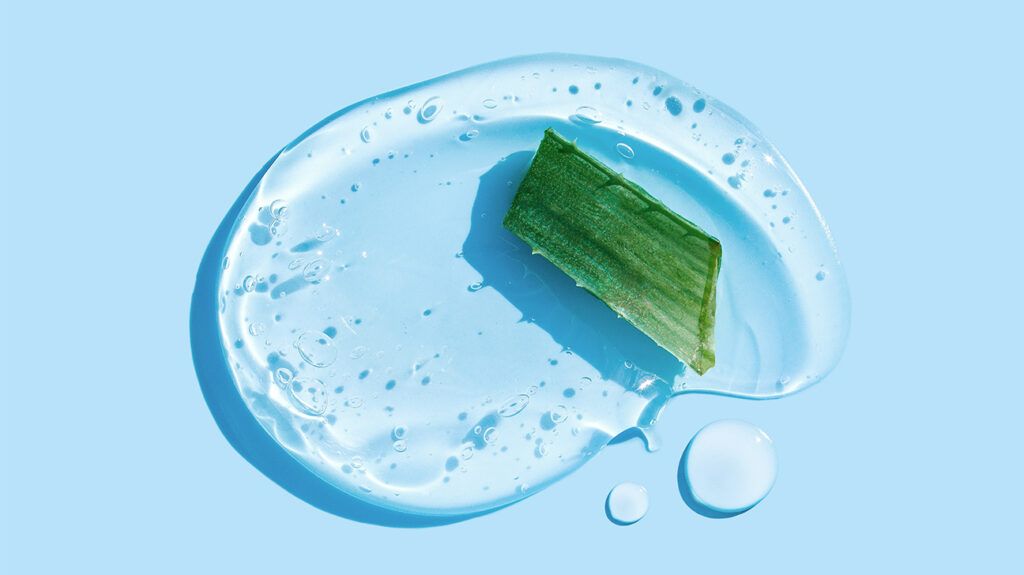Burns can be painful, and some may leave lasting scars. Depending on the severity of your burn, you may be able to treat it at home, or you may need to contact a healthcare professional.
Doctors base burn severity on the extent and depth of the damage to the skin and other tissues. Types include:
- First-degree burns: They usually affect the outer layer of the skin and may heal on their own within a week. First-degree burns are considered minor and do not represent a medical emergency. An example is a mild, non-blistering sunburn.
- Second-degree burns: These affect the first two layers of the skin. The level of pain and damage may depend on the location of the burn on your body. These burns are relatively minor if they involve a small area of the skin, such as a finger burn from an iron or a stove. They may require medical care when they affect larger areas of your body, like your whole hand, back, face, or forearm.
- Third-degree burns: These involve all layers of skin, hair follicles, sweat glands, and underlying tissues. These burns cause more intense symptoms, require medical treatment, may take longer to heal, and leave long lasting scars.
- More serious burns: Other degrees include fourth (fat tissue), fifth (muscle tissue), and sixth (bone tissue). These are medical emergencies and may be life threatening.
You may treat first- and second-degree burns that do not involve more than 3 inches in diameter of skin damage at home with burn creams and other aids. Other burns require medical attention. If you’re ever in doubt, it’s best to consult a healthcare professional.
Over-the-counter (OTC) burn creams, ointments, and gels

OTC topical burn treatments are applied directly to your skin and may help improve symptoms like pain or itching, prevent infection, and prepare your skin for healing. Some topical products, however, may irritate your skin.
Experts advise seeking professional medical treatment for major burns. Applying a burn cream to or neglecting a large burn that is second-degree or higher may result in painful and life threatening complications.
Burn cream and ointment options for minor lesions may include:
- Petroleum jelly: Applying a thin layer of petroleum jelly, like Vaseline, to a minor burn two or three times per day may help relieve discomfort and prevent skin cracking.
- Aloe vera: For sunburns and superficial burns, you may use a moisturizer, cream, ointment, or gel containing aloe vera and no alcohol. This may protect your skin and relieve discomfort.
- Pain-relieving creams: Burn creams and ointments containing lidocaine, like Burn Jel, may temporarily relieve pain and itchiness. The Burn and Reconstructive Centers of America suggests not using lidocaine-based products for severe or open burn injuries.
- Antiseptics: Antiseptic products may prevent skin infections and other complications, but there is no evidence that they are beneficial for burn healing and symptom management. Povidone iodine antiseptic solutions may help prevent infections in minor burns, but doctors don’t recommend them for more serious skin lesions.
- Betaine/polyhexanide washes: Although not a burn cream, washes containing betaine and polyhexanide, like Prontosan, may help you manage minor burns.
- Anti-itch creams: A burn may itch as it starts to heal. Antihistamine creams and ointments containing diphenhydramine (Benadryl topical cream) or loratadine may help reduce discomfort, particularly if it’s affecting your sleep quality.
OTC topical treatments for burns are short-term solutions. If your burn has not healed or is showing signs of an infection, it is important to speak with a healthcare professional.
Can you use Neosporin for burns?
Antibiotic ointments like bacitracin or Neosporin may help manage minor skin infections due to a burn injury. But if you have second-degree or more severe burns, this treatment may not be appropriate.
Neosporin is not indicated as a burn treatment if you do not have an infection.
If you believe you are experiencing symptoms of skin infection, consider talking with a healthcare professional to receive a treatment plan that adjusts to your needs.
Skin infection symptoms may include:
- changes in skin coloring depending on your skin tone
- tenderness to the touch
- swelling
- yellowish or greenish fluid
- itchiness without signs of healing
More severe and prolonged signs of an infection may require prompt medical attention.
Prescription burn creams, ointments, and gels
Depending on the severity of your symptoms, a healthcare professional may opt for prescription burn creams and other medications. Doctors often recommend these drugs for the prevention and management of burn complications, like skin infections.
Some treatment options for burn complications or severe burns may include:
- Silver-based creams and dressings: A healthcare professional may prescribe silver-based ointments for second- and third-degree burns. For example, silver sulfadiazine (Silvadene) can help prevent and treat infections if you have a severe burn. Your healthcare team may also recommend using a nanocrystalline silver-impregnated dressing, like Acticoat, for more severe second-degree burns.
- Sulfa antibiotics: Your doctor may prescribe mafenide acetate (Sulfamylon) for second- or third-degree burns that are prone to infection.
- Antimicrobial dressings: Research suggests that some antimicrobial dressings may protect your skin, prevent infection, and encourage healing after a burn. An example is bismuth tribromophenate/petrolatum (Xeroform) dressings.
- Anti-itching creams: If OTC options aren’t providing relief, your healthcare professional may prescribe prescription-strength ointments like zonalon or prudoxin (Doxepin).
If you need help covering the cost of medications, the free Optum Perks Discount Card could help you save up to 80% on prescription drugs. Follow the links on drug names for savings on that medication, or search for a specific drug here.
